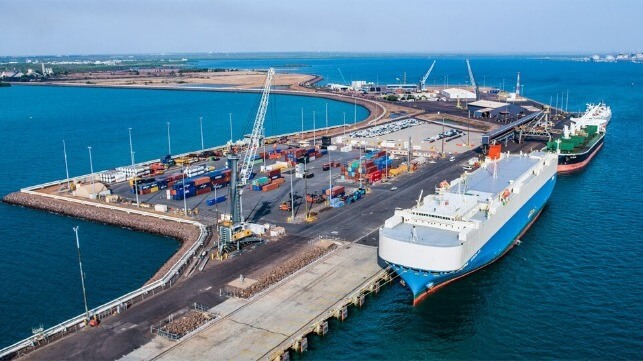A Lifeline Under Threat: The Global Importance of Suez Canal Security
Introduction
The Suez Canal is a critical maritime artery, connecting the Red Sea to the Mediterranean, facilitating roughly 12-15% of global trade and about 30% of container traffic. It handles approximately 9.2 million barrels of oil daily and generates significant toll revenue for Egypt, crucial for the nation’s economy. Given its strategic importance, any disruption in the Suez Canal can lead to significant ripple effects on global commerce and energy markets, underscoring the need for robust security measures.
Historical Context and Vulnerabilities
The canal’s strategic significance has made it a focal point during historical conflicts. The Suez Crisis in 1956 and the Eight-year closure beginning in 1967 resulted in unprecedented shipping disruptions, compelling vessels to take longer routes. These crises illustrated the canal’s leverage in geopolitics and resulted in significant economic losses, prompting shippers to adjust their operations.
Since then, the canal has remained a vital trade conduit amid regional tensions. However, various security threats still linger, as evidenced by a 2013 foiled terrorist attack and recent assaults on shipping during the Israel-Gaza conflict that began in late 2023, where Houthi rebels targeted vessels in the Red Sea.
Recent Conflicts and Their Impacts
The ongoing attacks by Houthi forces on commercial shipping have prompted significant disruptions. Many shipping firms suspended or rerouted vessels, leading to a 50% reduction in trade volume through the canal in early 2024. A spike in transportation costs and insurance premiums further strained global supply chains, resulting in delays and increased freight rates. The conflicts also affected oil volumes transiting the canal, pushing Brent crude prices higher and leading to a marked decline in global shipping capacity.
Global Economic Ramifications
The conflicts around the Suez Canal and the resulting shipping disruptions have far-reaching economic implications, particularly for businesses relying on timely deliveries. Many companies were unable to meet production schedules, which could lead to inflationary pressures in affected economies. Additionally, the spike in marine insurance costs has made using the canal prohibitively expensive for many shippers, resulting in increased reliance on longer routes like the Cape of Good Hope, which yield higher emissions and environmental costs.
The Way Forward: Ensuring Canal Security
Addressing the security vulnerabilities of the Suez Canal is fundamentally an international concern demanding a coordinated approach to ensure maritime safety. A strategic priority should be fostering collaboration among regional and international naval forces to establish protective measures around the Red Sea and beyond. Concepts such as multinational maritime patrols and intelligence-sharing systems could help mitigate risks.
Investments in the canal’s infrastructure, along with technological advancements for surveillance and security, will be crucial. Increasing the capacity to handle larger vessels and establishing advanced communication systems can fortify maritime safety measures.
Conclusion
The Suez Canal’s health is intrinsically linked to global trade stability. Ongoing conflicts in the surrounding regions highlight the canal’s vulnerability, reinforcing the necessity of maintaining its operational integrity through enhanced security and proactive diplomatic efforts. Policymakers and industry stakeholders must realign their strategies to bolster both the canal’s resilience and the broader supply chain systems it supports, ensuring this vital trade artery remains open and secure.





